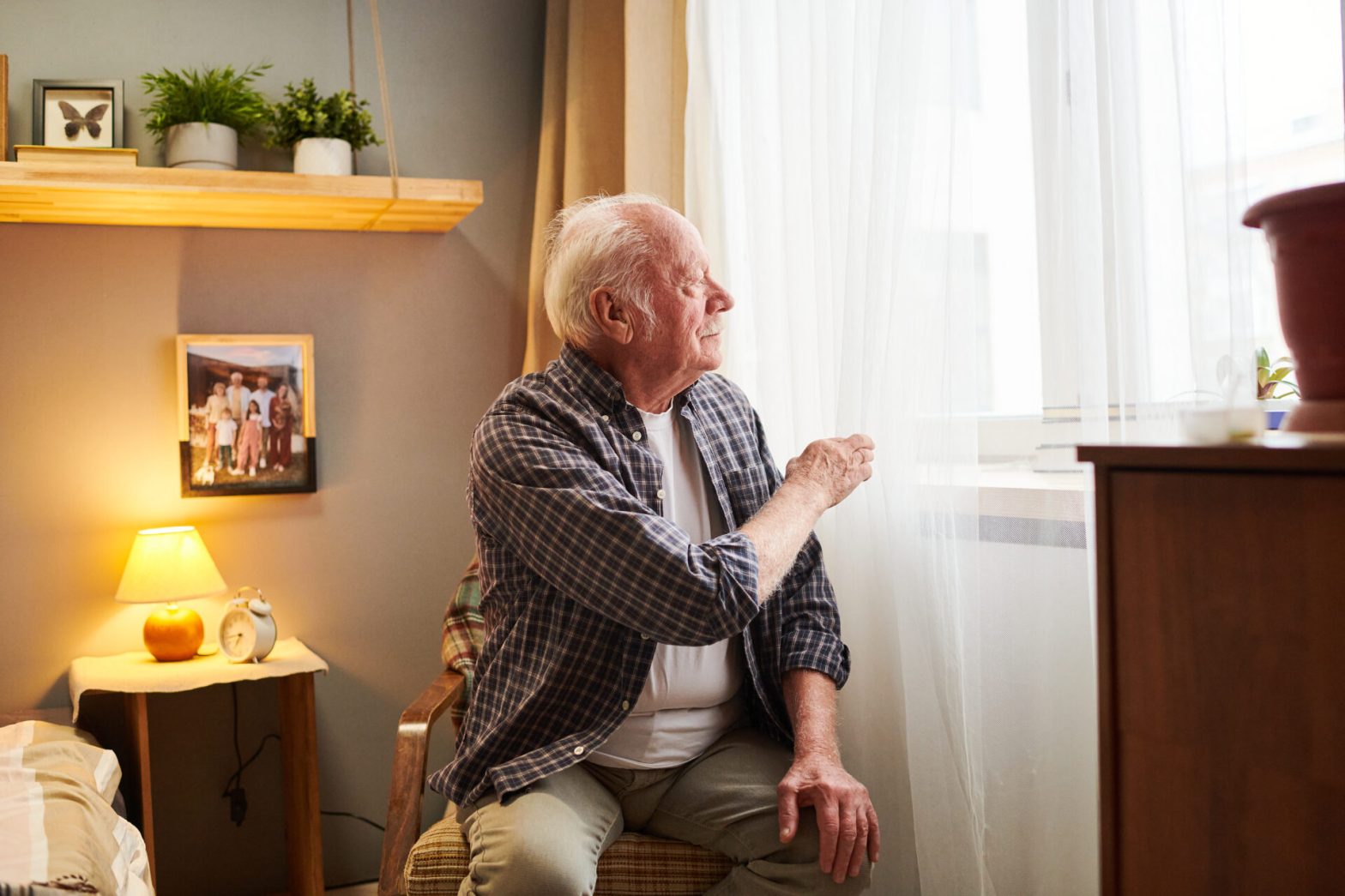Loneliness among seniors has emerged as one of the most pressing public health challenges of our time, with far-reaching consequences that extend well beyond emotional discomfort. As our population ages and social structures evolve, millions of older adults find themselves increasingly isolated, creating a cascade of physical and mental health complications that rival the impact of smoking or obesity.
This silent epidemic affects approximately 35% of adults aged 45 and older, with rates climbing even higher among those over 65. The COVID-19 pandemic has only intensified this crisis, highlighting the urgent need to understand how social isolation impacts senior health and what can be done to address this growing concern.
The Physical Health Impact of Senior Loneliness
Cardiovascular Complications
Chronic loneliness significantly increases the risk of heart disease and stroke in older adults. Research indicates that socially isolated seniors face a 50% higher risk of developing cardiovascular disease compared to their socially connected peers. The stress hormones released during prolonged periods of loneliness contribute to inflammation, elevated blood pressure, and irregular heart rhythms.
Immune System Deterioration
Loneliness weakens the immune system, making seniors more susceptible to infections and slower to recover from illnesses. Isolated older adults show decreased production of white blood cells and reduced vaccine effectiveness, creating a vulnerability cycle that can lead to frequent hospitalizations and prolonged recovery periods.
Sleep Disorders and Fatigue
Social isolation often disrupts sleep patterns, leading to insomnia and poor sleep quality. Lonely seniors frequently experience fragmented sleep, which impacts their cognitive function, mood regulation, and physical health during waking hours.
Mental Health Consequences

Depression and Anxiety
The link between loneliness and depression in seniors is particularly strong, with isolated older adults being twice as likely to develop major depressive episodes. Anxiety disorders also become more prevalent, creating a cycle where mental health issues further reduce social engagement and deepen isolation.
Cognitive Decline and Dementia Risk
Perhaps most concerning is the connection between loneliness and cognitive deterioration. Studies show that chronic social isolation can accelerate cognitive decline and increase the risk of developing dementia by up to 40%. The lack of social stimulation reduces neural activity and may contribute to faster brain aging.
Behavioral and Lifestyle Changes
Reduced Self-Care
Lonely seniors often neglect personal hygiene, medication adherence, and regular medical checkups. Without social accountability or motivation, basic self-care routines may deteriorate, leading to preventable health complications.
Substance Use Issues
Social isolation can lead to increased alcohol consumption or prescription drug misuse as seniors attempt to cope with loneliness and emotional pain. This creates additional health risks and can worsen existing medical conditions.
Breaking the Cycle: Solutions and Interventions
Community-Based Programs
Senior centers, volunteer programs, and community organizations play crucial roles in combating isolation. Regular social activities, group meals, and structured programs provide essential human connection and purpose.
Technology Solutions
Digital platforms and video calling services have become valuable tools for maintaining social connections, especially for mobility-limited seniors. Technology training programs help older adults stay connected with family and friends.
Healthcare Integration
Healthcare providers increasingly recognize loneliness as a health risk factor, incorporating social wellness assessments into routine care and connecting patients with community resources.
The impact of loneliness on senior health represents a multifaceted crisis requiring comprehensive solutions. From cardiovascular disease to cognitive decline, social isolation creates a domino effect that threatens the well-being of millions of older adults. By understanding these connections and implementing targeted interventions, we can help seniors maintain their health, independence, and quality of life while aging in place.

